Thinking of ditching the gym membership and creating a home gym within your own four walls? That’s not a bad idea. A home gym can save money, reduces your commute from a car or public transit ride to just a few steps, and makes staying socially distant and physically active much easier. Here we would dive into Mikolo F4 Home Gym Package, from all features and workouts
Why Choose F4 HOME GYM PACKAGE

The F4 HOME PACKAGE come with F4 Power Rack & Weight Bench& 20kg olympic Barbell and 230lbs Weight Plates.
The Mikolo F4 is the most affordable all-in-one home gym rack on the market, with a variety of color options to choose from. This rack is heavy-duty, made with 2x2" 14-gauge steel with a 1000lbs rackable capacity. Is a combination of a power rack and a lat pull down low row system. Additionally, the power rack comes standard with two safety bars, two dip bars, the lat pull-down and low-row handles and two reinforced J-Hooks.
D5 weight bench is constructed with commercial-grade tubing, using 11-gauge 3''x3'' pipes for added durability and stability. With a weight of 80lbs, it's a reliable and sturdy choice for your home gym.
The Mikolo barbell is ideal for entry-level beginners. It offers a versatile option and great value with a 20 kg barbell that meets IWF standards. The 1.2 mm diamond knurl pattern is deep and coarse without being sharp or abrasive, the sleeves on both sides are embedded with 8 needle bearings and the 1500 lbs weight capacity provides good protection for your intense weightlifting sessions.
Mikolo Bumper Plates are sold in sets and include 10LB, 25LB, 35LB and 45LB weight increments(230lb - 10LB*2+25LB*2+35LB*2+45LB*2). All markings are colour moulded into the bumper for a great look and will not fade over time.
Utilize the F4 Home gym package to engage and strengthen muscles across your entire body. In the upcoming blog, let's delve into the range of exercises made possible by the F4 Home gym package, enabling you to target and enhance muscles throughout your entire body.
Shoulder workouts
Seated barbell Shoulder press:

The seated barbell shoulder press primarily targets the deltoid muscles of the shoulders. Additionally, it engages the triceps and upper trapezius muscles to assist in stabilizing and executing the movement.
Set up a bench in a flat or slightly inclined position (15-30 degrees). Sit on the bench and position yourself so that your eyes are aligned with the barbell. Grasp the barbell with an overhand grip (palms facing away from you) or a mixed grip (one palm facing away, one palm facing you). Your grip should be slightly wider than shoulder-width apart. Lie back on the bench and position yourself so that the barbell is directly above your chest. Engage your core and leg muscles to create stability. Push up with your legs while simultaneously lifting the barbell off the rack. Move the barbell over your chest. Inhale and slowly lower the barbell toward your chest in a controlled manner. Allow the barbell to lightly touch your chest. Exhale and press the barbell back up by extending your arms. Keep your wrists in a neutral position and engage your chest and triceps muscles to push the weight. Fully extend your arms at the top of the movement without locking out your elbows. Hold the position for a brief moment before starting the next repetition.
Face Pull:

The face pull primarily targets the muscles of the upper back and shoulders. Specifically, it engages the rear deltoids, rhomboids, trapezius (both middle and lower fibers), and the external rotators of the rotator cuff. This exercise is effective for improving posture, shoulder stability, and overall upper back strength.
Attach a rope handle to the high pulley of the cable machine. Adjust the height of the pulley so that it's slightly above your head when you're standing. Grasp the rope handles with a neutral grip (palms facing each other), placing each hand on one of the rope ends. Stand facing the cable machine, feet shoulder-width apart. Take a step back to create tension in the cable. Hold the rope handles in front of your face with your arms fully extended. Your palms should be facing each other. Retract your shoulder blades by pulling the rope handles towards your face. Your hands should move towards your temples or slightly above them. Imagine pulling the rope apart as you bring it towards your face. This engages your rear deltoids and upper back. Squeeze your rear deltoids and upper back muscles at the end of the movement to maximize muscle engagement.Slowly extend your arms forward, allowing the rope handles to move away from your face, returning to the starting position.
Chest workouts:
Bench press:

The bench press primarily targets the muscles of the chest, shoulders, and triceps. The major muscle groups involved in the bench press are:
Pectoralis Major: The chest muscles are the primary movers during the bench press, especially the sternal (middle) fibers of the pectoralis major.
Anterior Deltoids: The front portion of the shoulder muscles assists in raising the arms during the pressing motion.
Triceps Brachii: The triceps muscles on the back of the upper arms play a significant role in extending the elbows to push the weight.
Serratus Anterior: This muscle assists in stabilizing the scapulae (shoulder blades) and is engaged during the pressing movement.
Additionally, the bench press also engages muscles in the back, core, and even the legs to a certain extent for stability and overall body tension. By adjust the angle of the bench, target the different chest muscles.
Place the bench inside the power rack, positioned in the center. Adjust the J-hooks (barbell holders) on the power rack to a suitable height. The bar should be within arm's reach when you're lying on the bench. Sit on the bench and lie down so that your eyes are aligned with the barbell.Position yourself so that the barbell is directly above your chest. Grasp the barbell with an overhand grip (palms facing away from you) or an alternating grip (one palm facing you, one palm facing away). Your grip should be slightly wider than shoulder-width apart. Engage your core and leg muscles to create stability. Keep your elbows at around a 45-degree angle to your body. Your upper arms should be slightly below parallel to the ground. As the barbell lightly touches your chest, exhale and press it back up by extending your arms. Keep your wrists in a neutral position and maintain tension in your chest and triceps. Fully extend your arms at the top of the movement without locking out your elbows. Hold for a brief moment before starting the next repetition.
Back workouts:
Lat-pull down:

The primary target muscle of the lat pulldown exercise is the latissimus dorsi, commonly referred to as the "lats." The lats are the large muscles that extend from the upper arm bone (humerus) to the lower spine and play a significant role in movements involving shoulder extension, adduction, and medial rotation.
While the latissimus dorsi is the main target, the lat pulldown exercise also engages several other muscles, including: Rhomboids, Trapezius, Biceps Brachii, Brachialis, Posterior Deltoids,Teres Major.
Sit on the bench, Grip the bar with a wide overhand grip (palms facing away from you). Your hands should be wider than shoulder-width apart. Reach up and grasp the bar with your chosen grip width. Your hands should be positioned slightly wider than your shoulders.With your grip secured, sit down and slightly lean back. Your torso should be at a slight angle, around 70-80 degrees from the floor. Begin the movement by depressing your shoulder blades and pulling your elbows down and back. Pull the bar down toward your upper chest, keeping your upper arms close to your body. Imagine you're pulling your elbows down to activate your back muscles. At the bottom of the movement, when the bar is close to your upper chest, squeeze your back muscles to fully engage them. Slowly release the tension and allow the bar to rise back up, extending your arms. This is the eccentric (negative) phase of the exercise
Seated Row:
Setup: Sit on the bench and place your feet on the foot board
Starting Position: Sit up straight with your chest lifted and shoulders back. Your arms should be fully extended in front of you, holding the handles.
Initiating the Movement: Keeping your back straight and core engaged, pull the handles towards your torso by retracting your shoulder blades and bending your elbows. Imagine squeezing your shoulder blades together as you pull. This engages your back muscles effectively.
Contraction: At the end of the movement, your hands should be near your lower ribs, and your elbows should be bent at about a 90-degree angle. Squeeze your back muscles to fully engage them.
Return to Starting Position: Slowly extend your arms forward, releasing the tension on the handles. Control the movement as you return to the starting position.
Lower body workouts:
Squat:
The squat is a compound exercise that primarily targets the muscles in the lower body. The main target muscles of a squat include:
Quadriceps: The front thigh muscles (vastus lateralis, vastus intermedius, vastus medialis, and rectus femoris) are heavily engaged during squats to help with knee extension.
Hamstrings: The muscles at the back of the thighs (biceps femoris, semitendinosus, and semimembranosus) are also activated as stabilizers and assist in hip extension during the squat movement.
Glutes: The gluteal muscles, including the gluteus maximus, are essential for hip extension and stabilization during squats.
Calves: The gastrocnemius and soleus muscles of the calf help stabilize the ankle joint during the movement.
Erector Spinae: These muscles in the lower back help stabilize the spine and keep it in an upright position during the squat.
Core Muscles: The core muscles, including the abdominals and obliques, play a role in stabilizing the torso and maintaining balance during the squat.
It's important to note that while the squat primarily targets these muscle groups, it is a full-body movement that also engages various other muscles as stabilizers and synergists.
With F4 home package, here are two squat ways:
Barbell squat

Here are some tips for barbell squat:
Maintain a neutral spine throughout the movement.
Keep your knees aligned with your feet; avoid letting them collapse inward.
Breathe deeply: Inhale as you lower down and exhale as you push back up.
Use a spotter or safety bars if you're lifting heavy weights or are unsure about your form.
Remember that proper form is essential for safe and effective squats. If you're new to squats or weightlifting, consider working with a fitness professional to ensure you're performing the exercise correctly.
Landmine squat

Maintain proper form by keeping your back straight and your core engaged.
Ensure your knees are aligned with your feet throughout the movement.
Use a controlled tempo during both the descent and ascent phases.
The landmine squat can be useful for individuals with limited mobility or those who are new to squatting.
While the landmine squat may place slightly less stress on the lower back compared to a traditional barbell squat, it still engages the same muscle groups.
Both the barbell squat and the landmine squat have their advantages, and the choice between them depends on your fitness goals, mobility, and equipment availability. If you're unsure which version to choose, you can try both and see which one feels more comfortable and effective for your body. As always, prioritize proper form and safety in your workouts.
Hip Thrust
The hip thrust primarily targets the gluteal muscles, specifically the gluteus maximus. This exercise is highly effective at activating and strengthening the glutes, making it a popular choice for individuals looking to develop better glute strength, size, and overall lower body power.
In addition to the gluteus maximus, the hip thrust also engages the hamstrings, particularly the biceps femoris, to a certain extent. The exercise can also involve some activation of the lower back muscles (erector spinae) and the core muscles, which help stabilize the spine and pelvis during the movement.
To perform a hip thrust:
Sit on the floor with your upper back against a bench or platform. Position a barbell or weight across your hips. You can also use resistance bands or bodyweight if you're not using weights. Roll the barbell over your legs until it's resting against your hips. Your knees should be bent, feet flat on the ground, and your upper back supported by the bench.Brace your core and squeeze your glutes as you push your hips upward. Your upper body, shoulders, and feet should form a straight line from your shoulders to your knees at the top of the movement.Lower your hips back down to the starting position in a controlled manner.
Deadlift

The deadlift is a compound exercise that engages multiple muscle groups throughout the body. The primary target muscles of the deadlift include:Erector Spinae: The muscles along the spine, including the iliocostalis, longissimus, and spinalis muscles, play a crucial role in maintaining an upright posture and stabilizing the spine during the deadlift.Gluteus Maximus: The largest muscle in the buttocks is heavily engaged during the initial phase of the lift to help extend the hips and bring the torso to an upright position.Hamstrings: The muscles at the back of the thighs, including the biceps femoris, semitendinosus, and semimembranosus, contribute to hip extension and knee flexion during the deadlift.Quadriceps: The front thigh muscles (vastus lateralis, vastus intermedius, vastus medialis, and rectus femoris) assist in knee extension during the lifting phase.Adductors: The muscles on the inside of the thigh help stabilize the legs and pelvis during the lift.Latissimus Dorsi: The lats, located on the sides of the back, are engaged to help pull the barbell close to the body during the lift.Trapezius: The traps, located in the upper back and neck, play a role in stabilizing the shoulders and upper body during the lift.Forearm Muscles: The grip strength required to hold onto the barbell engages the forearm muscles, including the flexors and extensors.Core Muscles: The core muscles, including the rectus abdominis, obliques, and transverse abdominis, provide stability and help prevent excessive arching or rounding of the lower back.The deadlift is considered one of the most effective exercises for building overall strength and developing a strong posterior chain (the muscles on the backside of the body). It's important to prioritize proper form and technique when performing deadlifts to ensure safety and maximize the engagement of the target muscles. If you're new to deadlifting, consider working with a fitness professional to learn the correct form and progression.
Place a barbell on the ground with weight plates on each end. Position the barbell over the middle of your feet. Stand with your feet hip-width apart or slightly wider. Your toes can be slightly turned outward.Bend at your hips and knees to grip the barbell with both hands. Use an overhand grip (both palms facing you) or a mixed grip (one palm facing you, one palm facing away) for better grip strength.Your hands should be positioned just outside of your knees. Bend at your hips to lower your torso. Your back should remain straight, and your chest should be up. Keep your head in a neutral position, looking slightly forward. Push through your heels, engage your core, and lift the barbell off the ground. As you lift, extend your hips and knees simultaneously while maintaining a straight back. Once you're fully upright, stand tall with your hips and knees locked out. Squeeze your glutes and engage your core at the top. To lower the barbell, push your hips back first and then bend your knees. Keep the barbell close to your body as you lower it to the ground. Once the barbell is back on the ground, release your grip and step away from it.












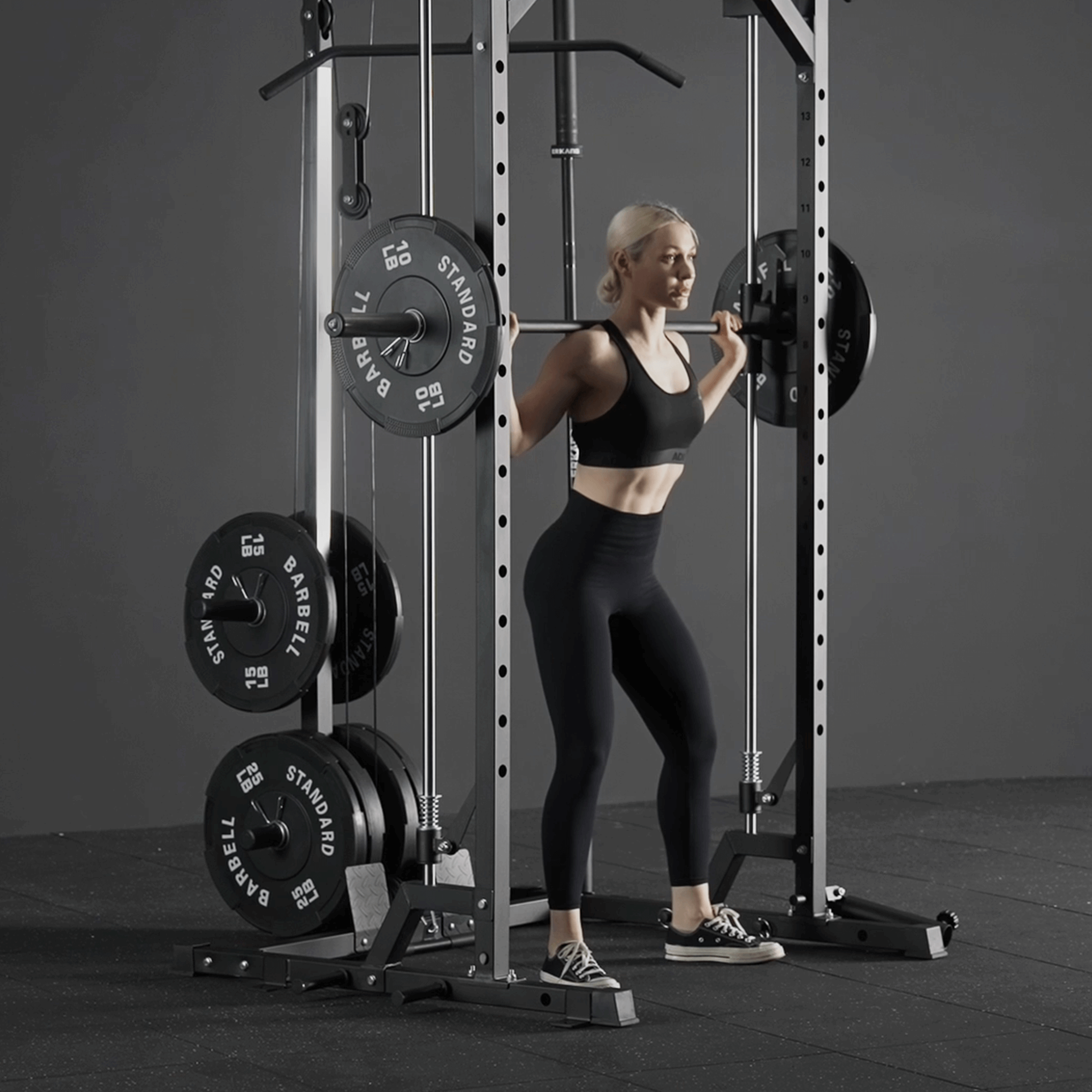






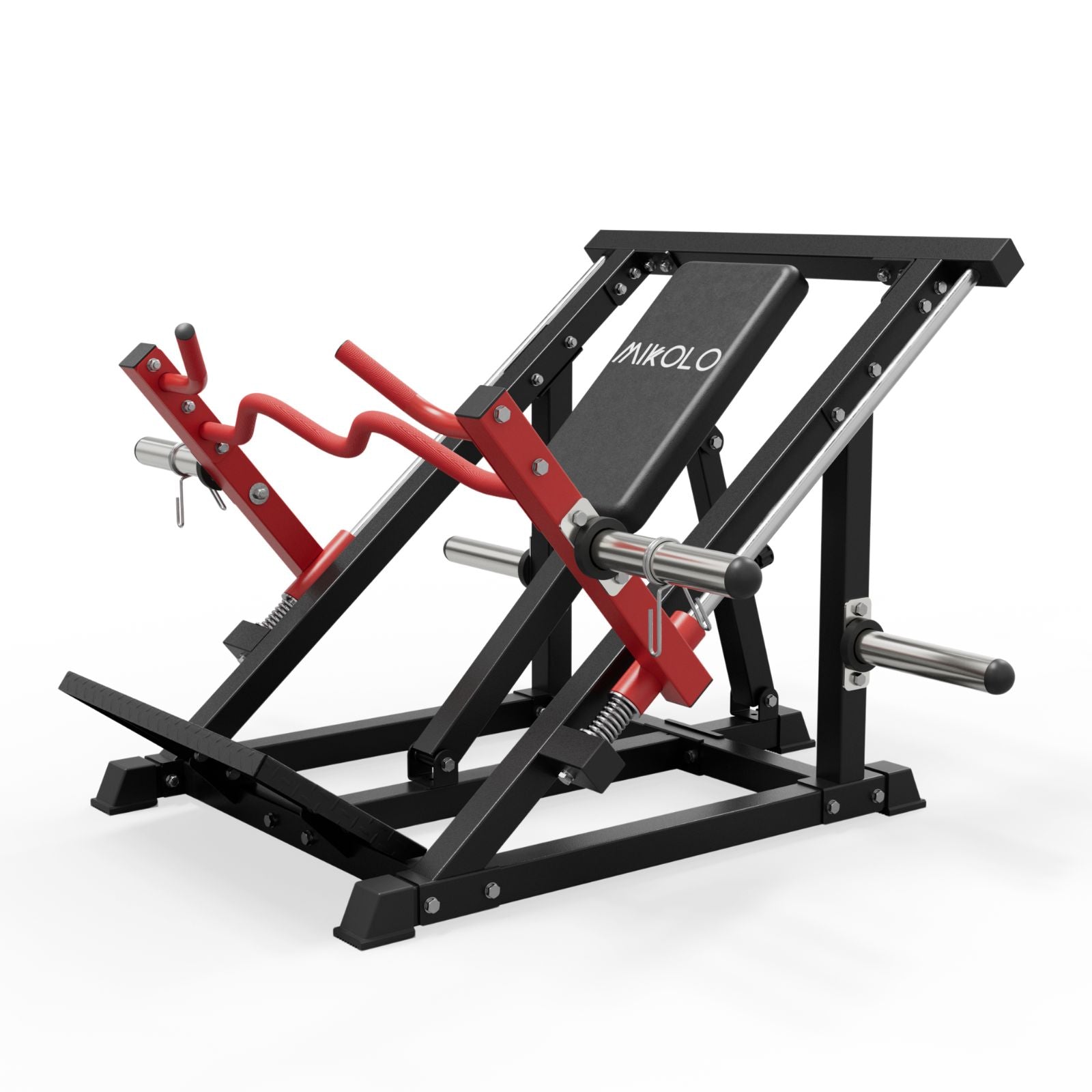

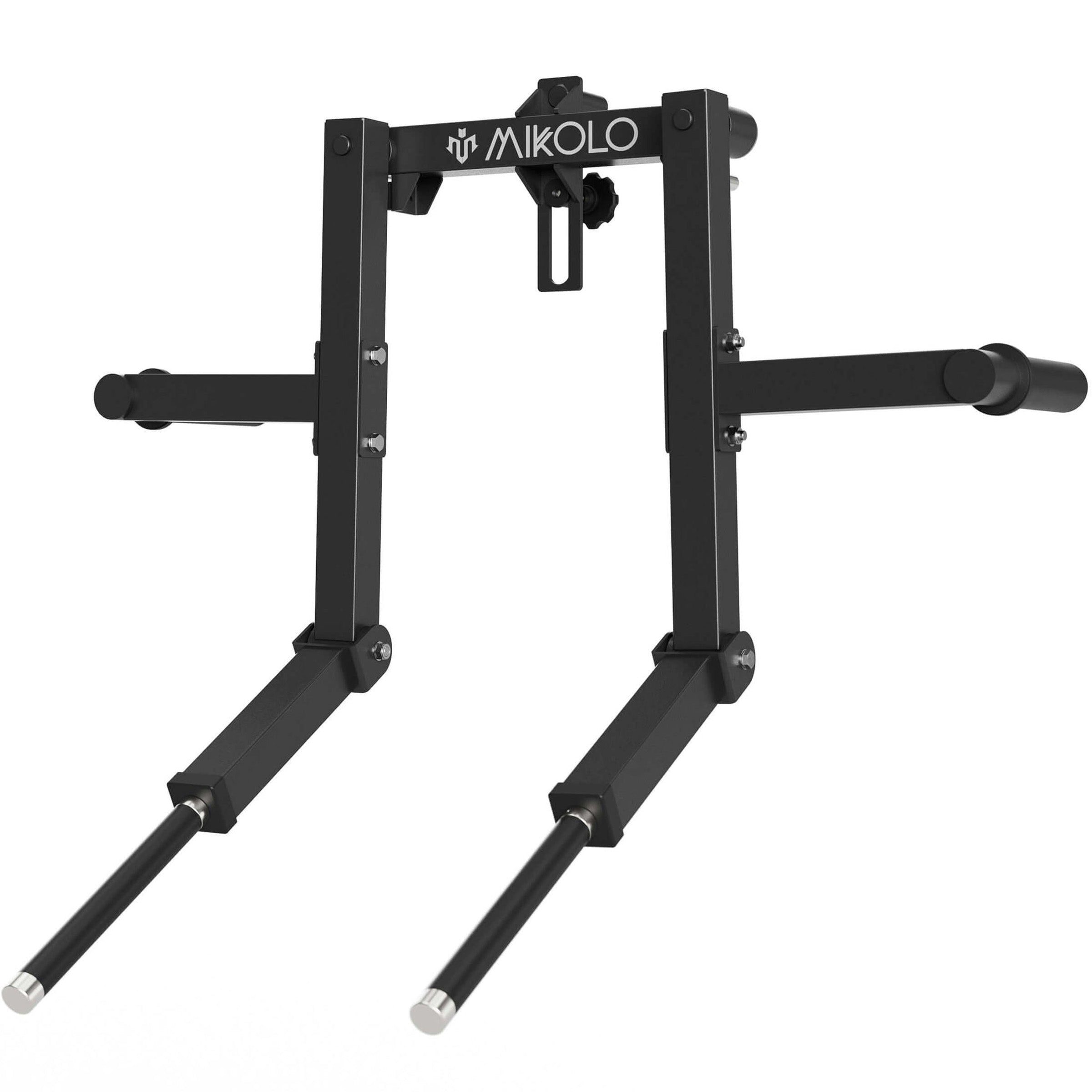
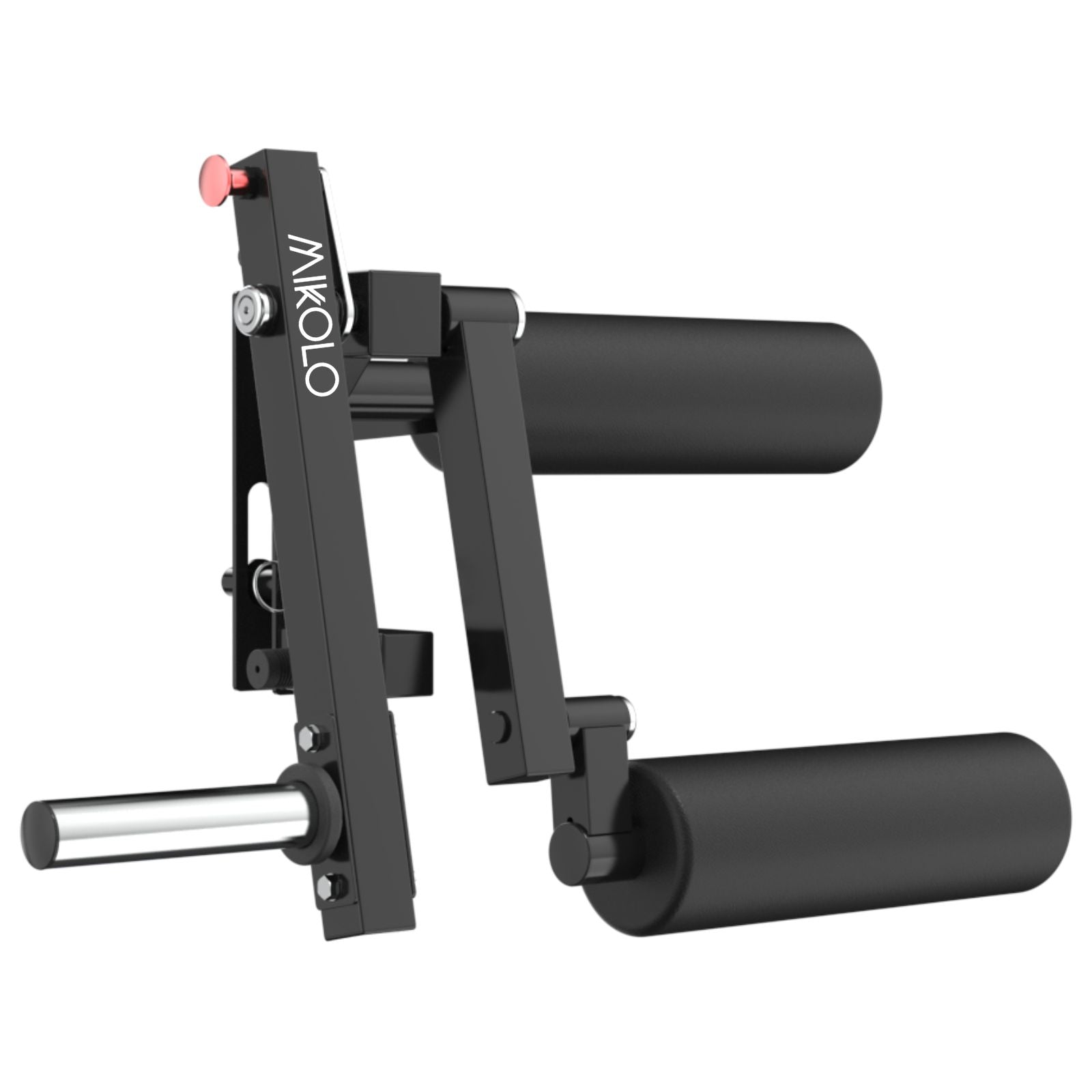















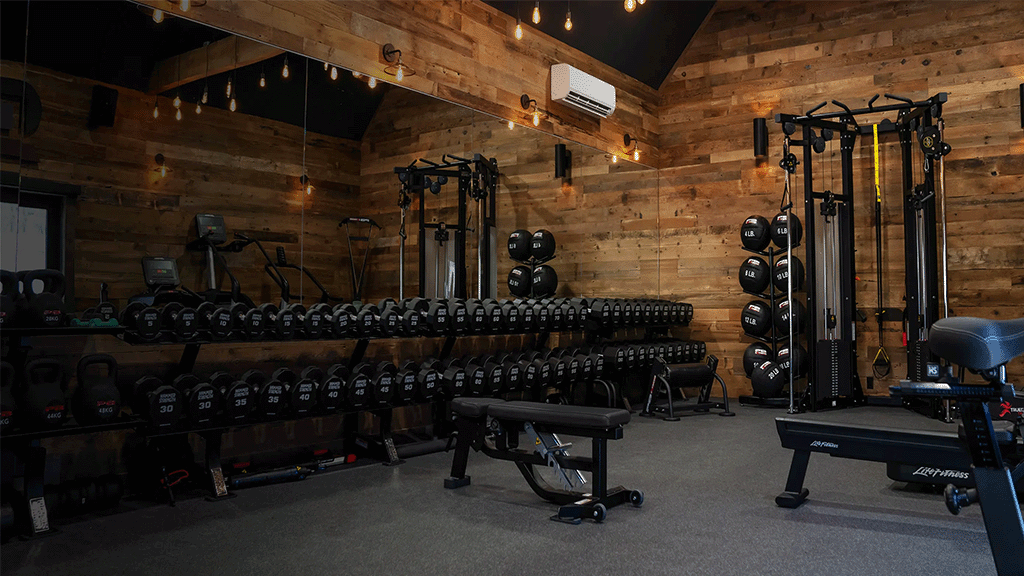
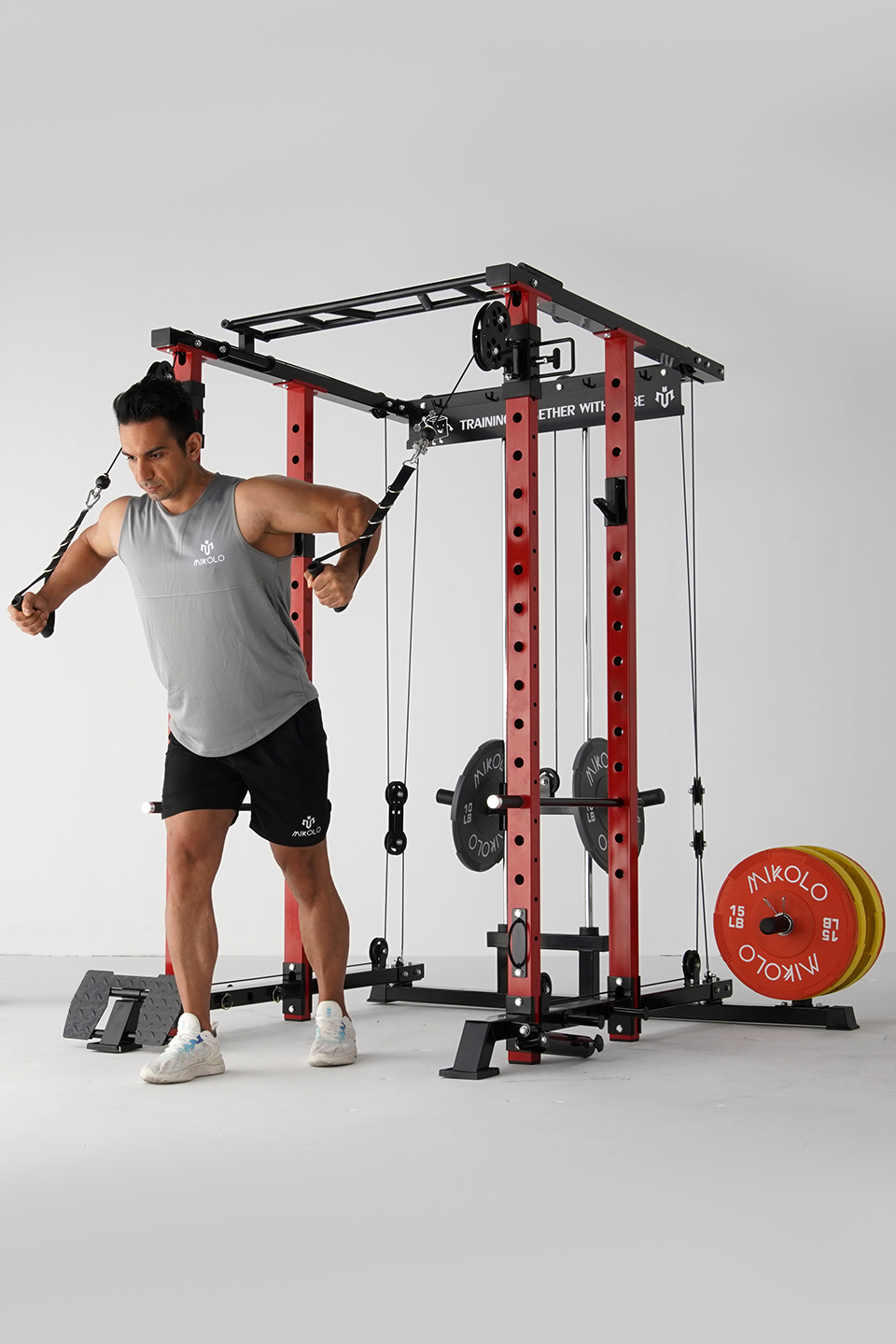
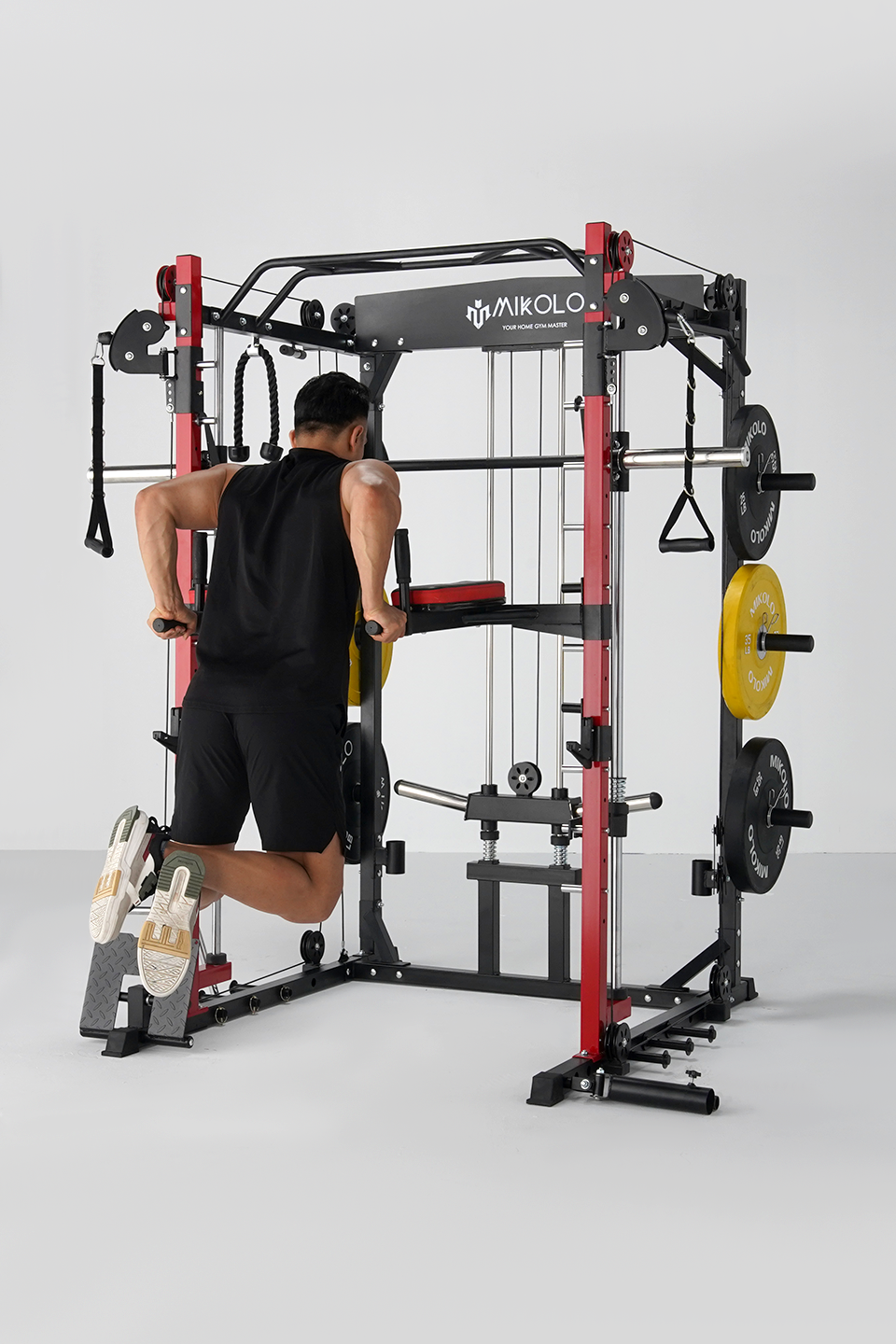


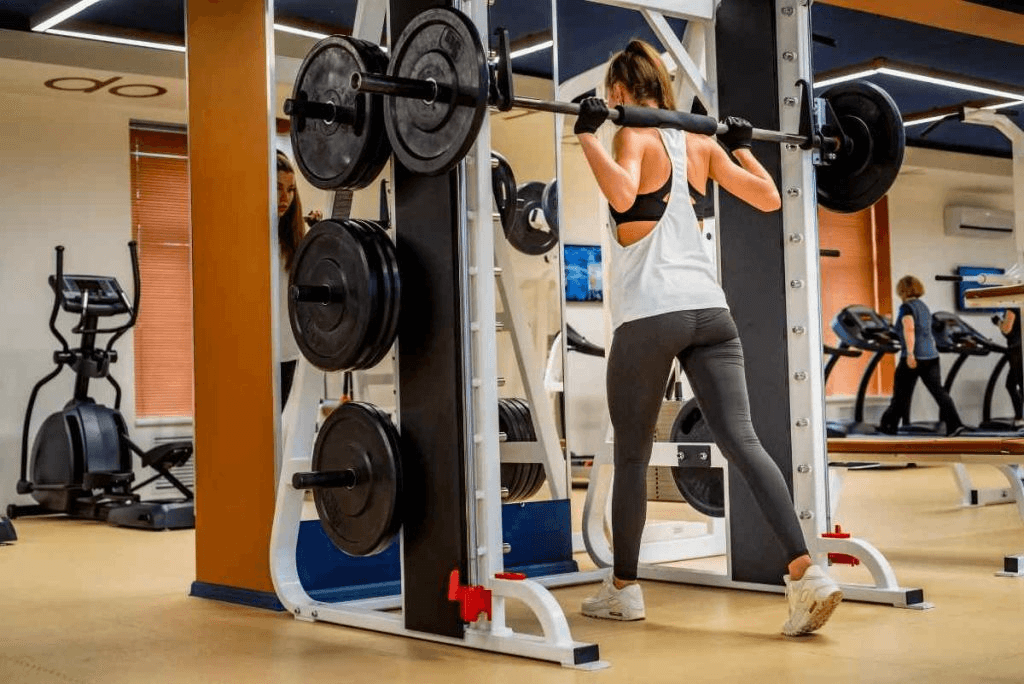
Leave a comment
This site is protected by hCaptcha and the hCaptcha Privacy Policy and Terms of Service apply.